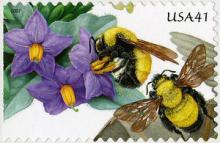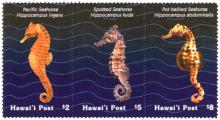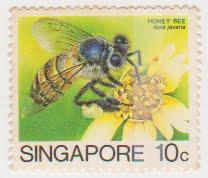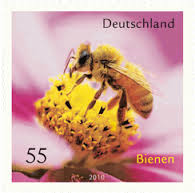A Quarter of All Bumblebees At Risk in Europe
- Read more about A Quarter of All Bumblebees At Risk in Europe
- Log in to post comments
Pesticide contamination and agricultural intensification threaten 24 percent of Europe’s bumblebees, according to research conducted by the International Union for Conservation of Nature (IUCN) and funded by the European Commission. The study is part an ongoing project called European Red List of pollinators, with contribution from experts of the “Status and Trends of European Pollinators” (STEP) project, which assesses the conservation status of all bees —approximately 2000 species— occurring throughout Europe. The study concludes that almost half of the 68 species in the European Union (EU) are in decline, including those at risk of extinction. Of these, a total of 16 species are listed as at risk according to the IUCN’s Red List of Threatened Species, which represents the world most trusted authority on the conservation status of species. In comparison, only 13 percent of bumblebee populations are increasing. “We are very concerned with these findings. Such a high proportion of threatened bumblebees can have serious implications for our food production,” says Ana Nieto, European Biodiversity Officer of IUCN and coordinator of the study. “Protecting bumblebee species and habitats, restoring degraded ecosystems and promoting biodiversity-friendly agricultural practices will be essential to reverse the negative trends in European bumblebee populations.”










